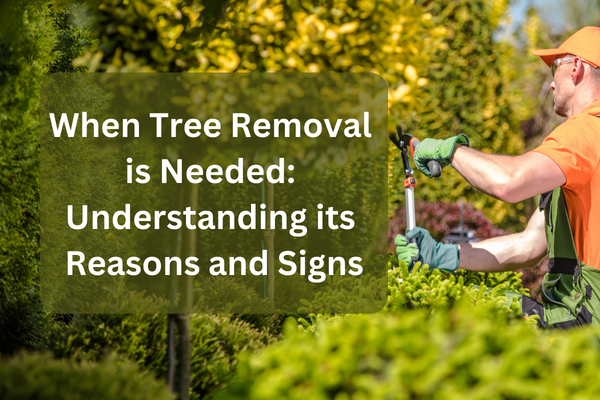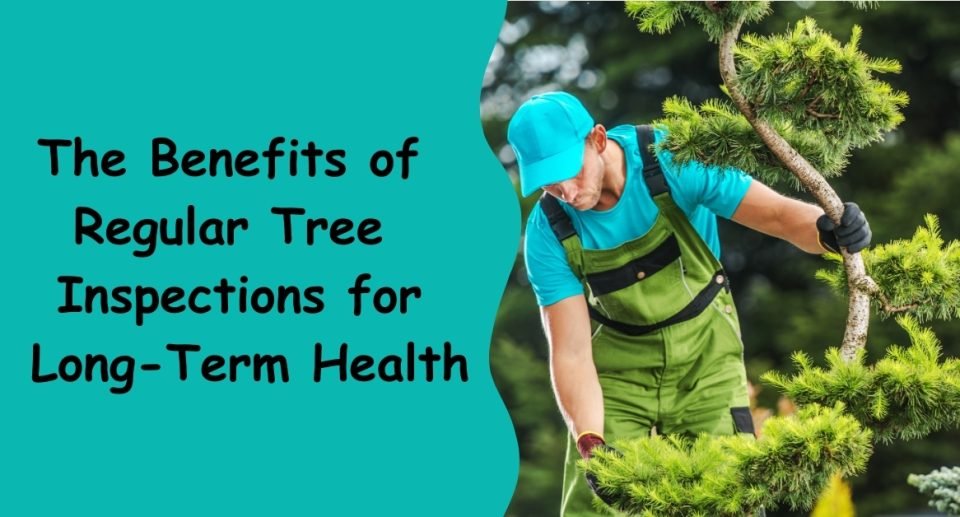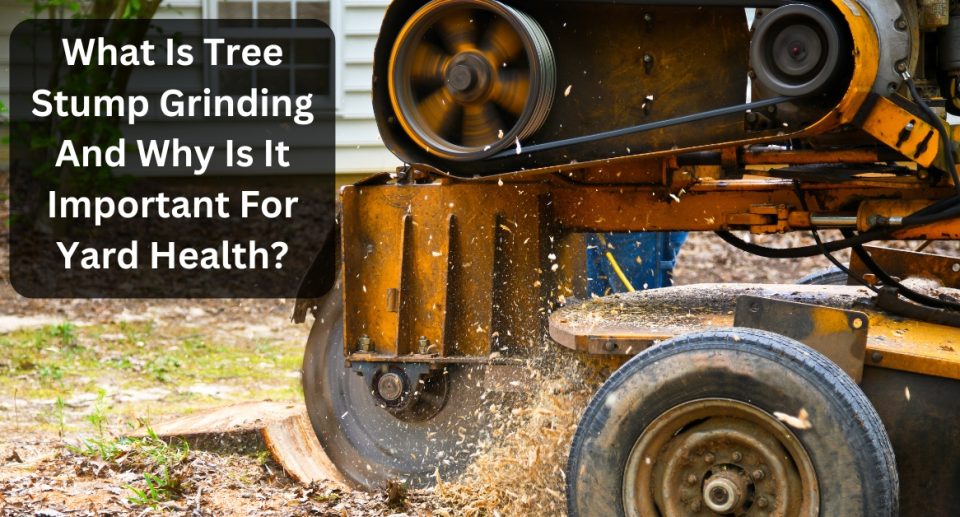Trees are the foundation of our planet’s ecology. They offer numerous benefits like shading, cleaner air, and cooler temperatures. However, at times, they can grow into a problem as well. In such scenarios, tree removal becomes necessary to ensure safety and protect the environment. In this article, let’s explore the reasons and signs which indicate that it’s the right time to cut down a tree.
Structural Damage
Trees, like any living thing, can face structural issues. Understanding the causes, signs, and how to address them is crucial.
Causes of structural damage:
Trees can grow very tall, so when they grow near any structure, there is a possibility of them damaging the structure. The causes of structural damage include:
- Storms or strong winds that split or fracture the tree’s trunk or branches
- Natural aging can cause a tree’s health to degrade and make it more vulnerable to harm or decay
- Damage from vehicles, machinery, or inappropriate pruning breaks the tree’s protective bark covering, allowing decay organisms to enter.
- Diseases or injuries that weaken the tree’s structure or cause internal decay.
Signs of structural damage:
If you observe any of the below signs, it’s best to call a professional:
- A tree skewed more than 15 degrees from vertical: A tree that is leaning could be a sign of instability or root damage, which increases the risk of the tree falling over.
- Branches that are weak, dead, or dying have a high risk of breaking off and endangering people and property below.
- Fungal growth, such as conks or mushrooms: Since fungi frequently feed on decaying wood, their presence on or around a tree might be an indicator of internal degradation.
Addressing structural damage:
If caught early, the damage might be reversible. However, if the damage is extensive, the tree needs to be removed as soon as possible. In such cases, it’s best to consult a certified arborist who can give you much better advice.
Root Damage or Encroachment
Trees with damaged or invading roots might represent a threat to neighboring structures, such as buildings, walkways, or utility lines. Symptoms of invasion or root damage include:
- Roots that can be seen extending toward or around utility cables or buildings
- Cracked pavement beside the tree
Construction or Landscaping
Sometimes, trees need to be removed for construction or landscaping reasons. It’s essential to minimize the impact on the environment. Trees may need to be removed during construction or to establish infrastructure, such as roads, power lines, or drainage systems, in order to avoid disputes down the road. Planning carefully is needed during construction.
Improving sight-lines or access to the property
Tree removal could be necessary in some circumstances to enhance sightlines or accessibility to your property. This can mean trimming back trees that get in the way of views or that block driveways, pathways, or entrances. A professional tree care agency can assist you in deciding which trees to cut down in order to accomplish your goals and maintain the general health and aesthetic appeal of your landscape.
Enhancing landscape design and functionality
In order to enhance the overall aesthetic and practicality of your landscaping, tree removal could also be required. This may entail taking down trees that overshadow other plants, interfere with the growth of other plants, or otherwise go against the design you have in mind for your landscape. Furthermore, cutting down trees might provide room for new garden elements like patios, swimming pools, or outdoor living spaces. A qualified arborist or landscaper can assist you in determining the needs of your property and creating a strategy that strikes a balance between your landscaping objectives and tree preservation.
Disease or Pest Infestation
Various illnesses and pest infestations can harm trees significantly, impair their structure, and sometimes even cause them to die. In certain situations, eliminating a tree could be the best course of action to stop an infestation or disease from spreading to other trees and plants on your property. We’ll talk about illness and insect infestation symptoms in this part, along with why it’s critical to take care of these problems.
Signs of disease
Tree diseases can manifest in several ways, depending on the specific disease and the tree species affected. Some common signs of tree disease include:
- A number of different tree diseases may manifest as the progressive mortality of branches from the tips toward the trunk.
- Unusual leaf discoloration or defoliation: The tree may lose its leaves too soon, or its leaves may turn yellow, brown, or show other unusual colors.
- Development that is stunted or abnormal: Certain diseases can have an impact on a tree’s general development or result in odd growth patterns, like witches’ brooms.
Signs of pest infestation
Pests can cause a wide variety of harm to trees, depending on the specific pest and the tree species. Typical indicators of a pest infestation include:
- Certain pests burrow into trees or eat on the bark or wood of the tree, producing sawdust-like debris, or frass.
- Certain pests, like bark beetles and wood-boring beetles, burrow holes or tunnels in the bark or wood of trees while they feed and deposit their eggs.
- Numerous pests produce obvious evidence of their presence by feeding on the bark or leaves of trees.
You May also Read : The Benefits Of Tree Trimming and Pruning For Tree Health and Safety
Conclusion:
In conclusion, understanding the signs and reasons for tree removal is like being a good caretaker for our green companions. Whether it’s structural damage, disease, pests, root issues, overcrowding, or the impact of construction and storms, being aware of these aspects ensures a safe and thriving outdoor space.
If you find yourself in need of tree removal services in Houston, TX, remember to reach out to professionals who can guide you through the process. They possess the knowledge and expertise to make the right decisions, keeping your property safe and maintaining the beauty of your natural surroundings. By prioritizing the health and safety of our trees, we contribute to a greener, healthier environment for everyone to enjoy.




